Stormwater NSW has convinced the NSW Independent Pricing and Remuneration Tribunal (IPART) that stormwater quality treatment devices should be considered ‘essential’ when it comes to allocating developer levies in growth centres.
This should lead to millions of dollars worth of extra investment in stormwater quality improvement devices in NSW alone.
IPART is the NSW Tribunal that determines (among many things) what state and local governments can charge for their services and what they can spend their money on.
One of the major sources of revenue for governments in NSW are Section 94 (Developer) levies – payments made by developers to fund essential infrastructure to support their developments.
Those developer levies could only be spent on infrastructure that IPART considered ‘essential’.
For a long time IPART considered stormwater quality improvement devices as ‘non-essential’ and so no developer levies could be spent on them.
This ‘non-essential’ determination did not sit will Richard McManus Co-President of Stormwater NSW and so he prepared a detailed submission to IPART.
And they have listened!
In a recent determination of Blacktown City Council’s Section 94 Contributions Plan No 20 for Riverstone and Alex Avenue Precinct, IPART declared
‘Based on the Practice Note, we (had) interpreted such infrastructure (rain gardens and other stormwater quality improvement devices) to be predominantly environmental in nature.
On this basis, we considered that all secondary and tertiary facilities for water quality treatment should be regarded as ‘non-essential’.
We have since reconsidered this issue based on information provided to us by Stormwater NSW about how this infrastructure is integral to councils in the Growth Centres achieving water quality targets.
We (therefore now) consider that the infrastructure can be considered essential if, as a result of the urban development, it is required to meet the targets.
However, we maintain that when the treatment options extend beyond achieving pre- development water quality outcomes, the infrastructure is unlikely to satisfy the nexus criterion.
This is because developers should not fund strategies to achieve targets beyond their impact on the urban environment. We have further reviewed the water quality treatment options presented in CP20 in section 3.2.4 and 3.3.3.
We also understand that DPE is considering an amendment to the Practice Note to clarify the stormwater treatment options that are on the EWL, and the types of environmental expenditure that are not considered ‘essential’. We support such an amendment.’
So it now looks like Councils and relevant state agencies can spend developer levies on stormwater quality improvement devices in Growth Centres. And that could be just the start.
This means a couple of things:
Firstly it means tens of millions of dollars can now be spent from developer levies on stormwater quality improvement devices in Growth Centres.
And, equally importantly, one of the most powerful organisations in NSW has, to us, now recognised stormwater quality improvement as an ‘essential’ function
So well done Richard McManus and the Stormwater NSW team – the door has now been opened for every other state in Australia to be pushing the same message.
This is massive!


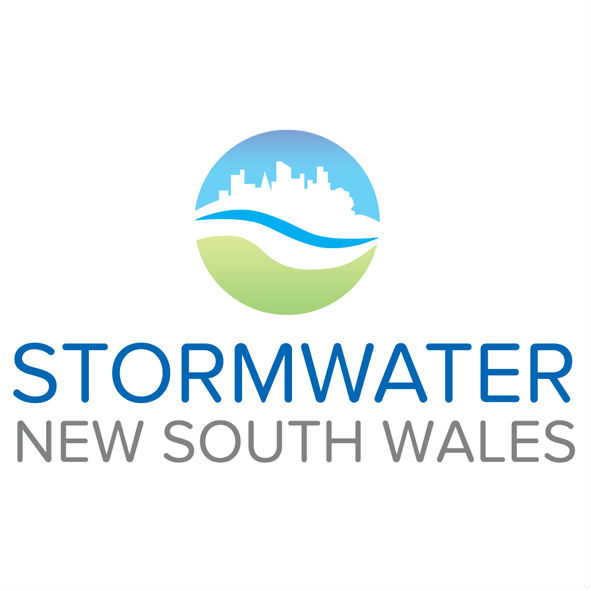
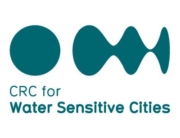
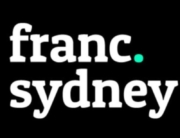
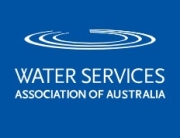
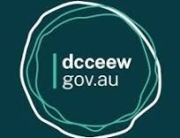
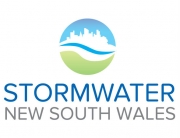



Leave A Comment
You must be logged in to post a comment.